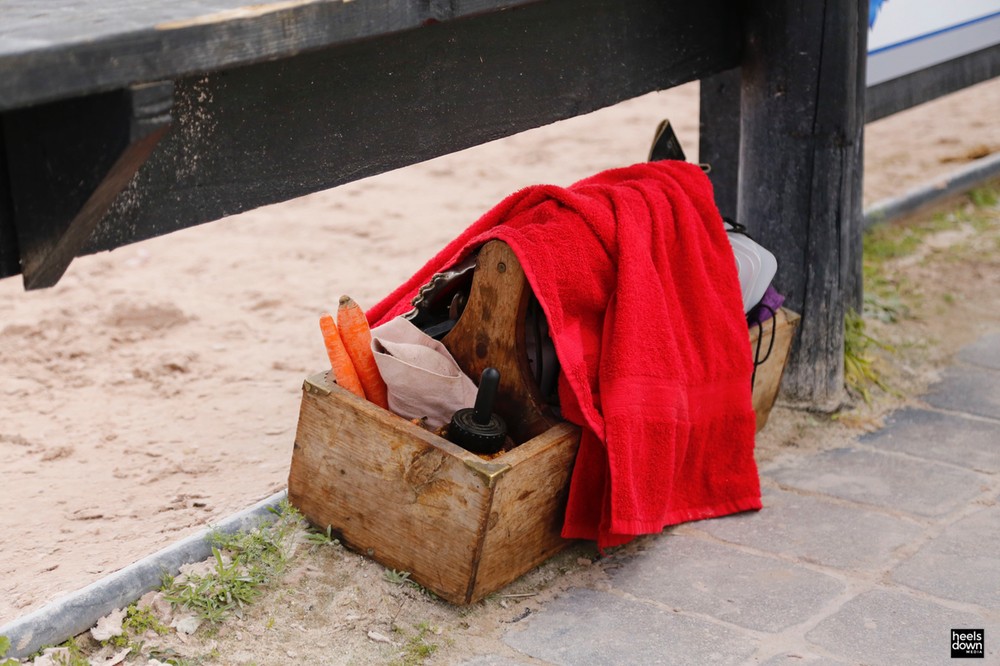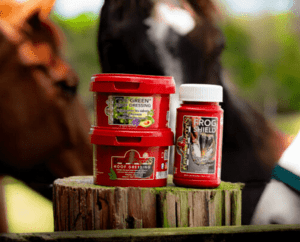Grooming: Become Your Own Expert, Presented by Wahl

By Liv Gude of Professional Equine Grooms, special contributor to Heels Down Magazine
Your horse is surrounded by lots of experts – the farrier, the trainer, the veterinarian, the saddle fitter. But it’s easy to learn to be your own expert and really get to know your horse. Not only is this wickedly fun, it’s useful to know the difference between him being weird and OMG CALL THE VET.
So what do you need to know and how do you go about learning it? Easy. It’s all about his routine and noticing the small things. You may need to spend some mornings at the barn, compare that to the afternoons, and then compare that to the evenings. Basically you need to camp at the barn for a long time, but consider this required learning.
Where To Start
EATING – How much does he get to eat for each meal? How long does it take him to finish it? Does he take his time or gobble every bit? Same for feeds and supplements.
DRINKING – How many buckets does he drink a day? When do you need to refill them? Does he like cold or warm water? Does adding some apple juice or molasses encourage him to drink more?
PEEING – When? Where? For how long? If your horse pees after exercise, this is a great time to observe and note the approximate duration.
POOPING – How many piles are around in the morning? What about during the day? What’s the color, texture, moisture level? I know…it’s weird to analyze…but poop tells an important story!
Now, What?
The more advanced stuff: vital signs. This includes temperature, pulse, respiration, and hydration. Have your vet give you a lesson.
TEMPERATURE – What’s his normal temperature in the morning? After exercise? In the evening? After a trailer ride? Starting to get the idea the thermometer is your new BFF? Normal temperature is between 99 and 100 degrees Fahrenheit.
PULSE – Put your smartphone to good use to take your horse’s pulse. Use a timer and squash a stethoscope behind the left elbow. Normal is about 32-40 beats per minute.
RESPIRATIONS – Watch his flank to count. One inhale and one exhale = one breath. Normal is 8 to 12 per minute when your horse is resting.
HYDRATION – How slippery are his gums? Wet = good! Sticky = bad! Also note the color. Pink is normal, bright red or blue are not even remotely.
Now For The Fun Stuff
ITCHY PLACES – Self explanatory. Bond with your horse, and know the discovery of new itchy places may signal a bite, a rash, something that needs watching and healing.
QUIRKS – The things that make him who he is. His “normal” weirdness.
BEHAVIOR – How is he when you turn him out? When you bring him in? When you lunge? When you warm up? When you cool out? When he’s alone from his buddies?
SLEEPING HABITS – When is his nap time? What side does he sleep on the most?
So, what are you going to do with all of this awesome info? You are going to know your horse like the back of your hand. This not only arms you with cute stories but also alerts you to the earliest sign your horse is not feeling well. Only the best for them, right?
Welcome to being an expert.


